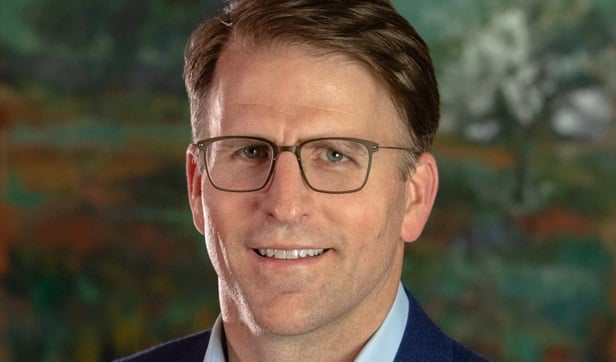HOUSTON-According to its website, Texas Medical Center was launched in the mid-1940s to provide a place for people "from all walks of life" to access the most advanced healthcare possible, no matter what their economic status. These days, the TMC is known as the largest employer in Houston, boasting 21 hospitals; three public health organizations; two universities; three medical schools; six nursing programs; two pharmacy schools; a dental school; eight academic and research institutions; and 13 support organizations.
Sprawling across close to 300 acres that supports 45.8 million square feet of space, the TMC is its own submarket. The sprawling submarket is situated due southwest from the CBD bordered by SH 288 on the east, US 59 on the north, and Interstate 610 forming the southern and western boundaries. When it comes to traveling to the TMC, patients from Katy, TX (far west Houston) or The Woodlands, TX (far north Houston) can end up spending a long time in their cars.
In a recent interview with GlobeSt.com, Transwestern's senior vice president Tim Gregory says today's healthcare environment is marked by decentralization. During the past five to seven years, he says, institutions that call Texas Medical Center home are branching out into different suburbs and submarkets.
"We're seeing the same trend with physicians," he comments. "In the past, we'd see a doctor have one clinic, on one site. These days, physicians with successful practices have expanded into key markets. Instead of having one large clinics, they're doing smaller clinics, but have a wider presence."
MD Anderson Cancer Center executive director Michael Brown told GlobeSt.com last October that the trend in healthcare is moving toward what he calls "mini-medical clusters." "The hospital sector in the past has grown up around a downtown area or large suburban community, with community hospitals and everything else feeding into those large hubs," he said. What's going on these days, however, is hospitals actually establishing space in those communities, and then creating satellites around them. Though MD Anderson is in a specialty niche, Brown indicated the organization is also working on outreach and expansion to other areas to focus on preventative care, as well as treating cancer.
Gregory introduced another interesting aspect about healthcare real estate development – the building's environment is important. "The truth is, it's all about women," Gregory says, pointing out that, more times than not, it's women who make medical decisions for their families. "It's important to create environments within developments that attract women," he adds. "It has to offer a comfortable ambiance, good parking and easy access."
Want to continue reading?
Become a Free ALM Digital Reader.
Once you are an ALM Digital Member, you’ll receive:
- Breaking commercial real estate news and analysis, on-site and via our newsletters and custom alerts
- Educational webcasts, white papers, and ebooks from industry thought leaders
- Critical coverage of the property casualty insurance and financial advisory markets on our other ALM sites, PropertyCasualty360 and ThinkAdvisor
Already have an account? Sign In Now
*May exclude premium content© 2024 ALM Global, LLC, All Rights Reserved. Request academic re-use from www.copyright.com. All other uses, submit a request to [email protected]. For more information visit Asset & Logo Licensing.








